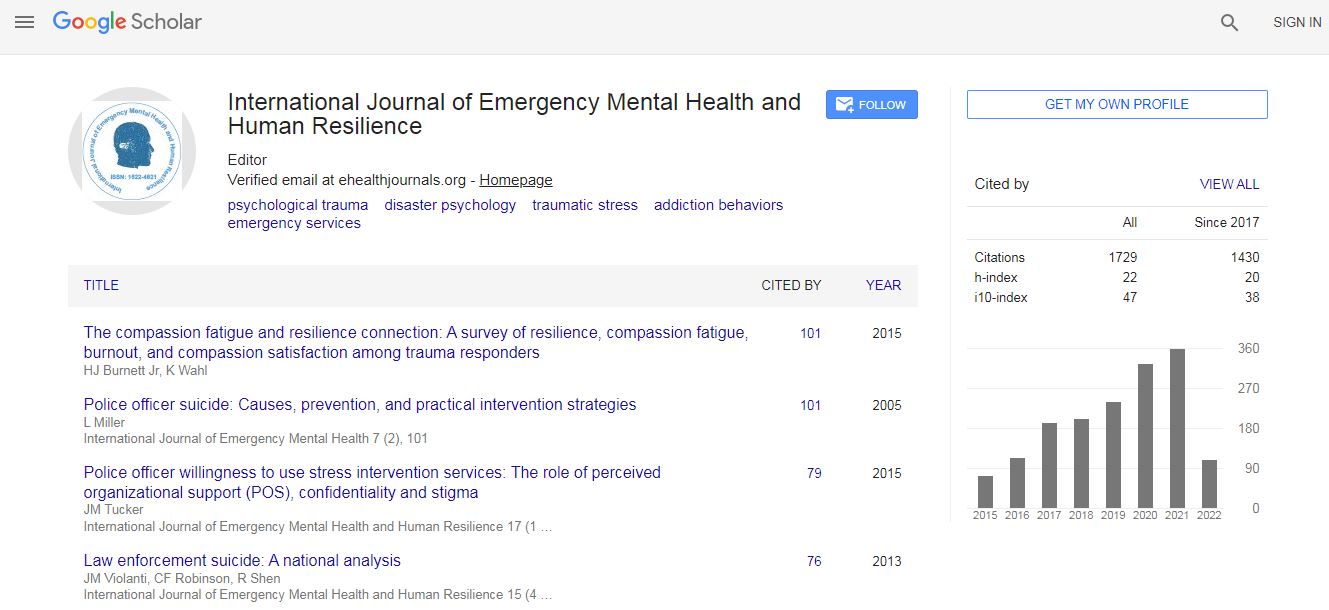Research Article
Continuance Group Intervention Protocol (CGIP) for a Unique Intervention
Ofir Levi1,2*, Yael Shoval-Zukerman31Social Work Department, Ruppin Academic Center, Emek Hefer, Israel
2Bob Shapell School of Social Work, Tel Aviv University, Tel Aviv, Israel
3Social Work Department, Bar-Ilan University, Ramat Gan, Israel
- Corresponding Author:
- Ofir Levi
Social Work Department
Ruppin Academic Center
Emek Hefer, Israel
Email: ofirleviphd@gmail.com
Abstract
The Objective of this article was to describe in detail the protocol of continuance group intervention (CGI) and to present general efficacy of CGI based on interventions that were done by the Israeli Defense Forces (IDF) with reserve units that fought in the 2006 Lebanon War. Fifty-one Israeli reserves soldiers exposed to events participated in the study. They were divided into 5 intervention groups led by five pairs of commanders and trained therapists from the Unit for the Treatment of Combat-related PTSD (UTC-PTSD). PTSD and depression symptoms and levels of functioning were taken at pre-intervention, end of intervention and 6 months after the intervention (follow-up assessment). Analyses found that CGI helped in reducing post-traumatic and depressive symptoms at the end of intervention and 6 months follow-up. It also showed that patients' functioning had significantly improved by the end of intervention and at 6 months followup. It seems that an intervention based on these protocols is suitable for organizations in which there exists a hierarchical structure that includes a managerial echelon and an executive echelon (fire fighters, police, etc.) which embrace a common event but follow-up randomized controlled trials to determine CGI efficacy are needed.

